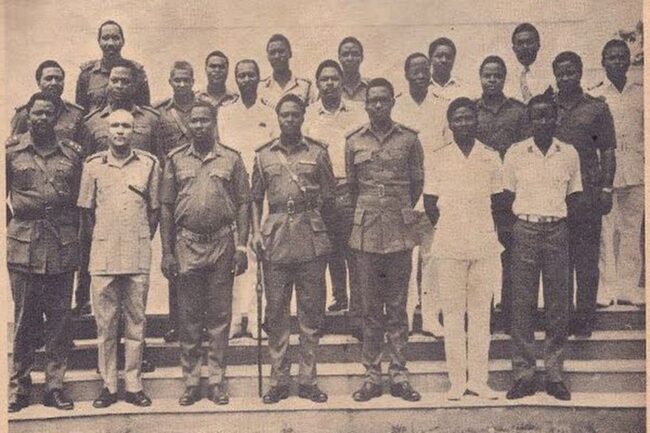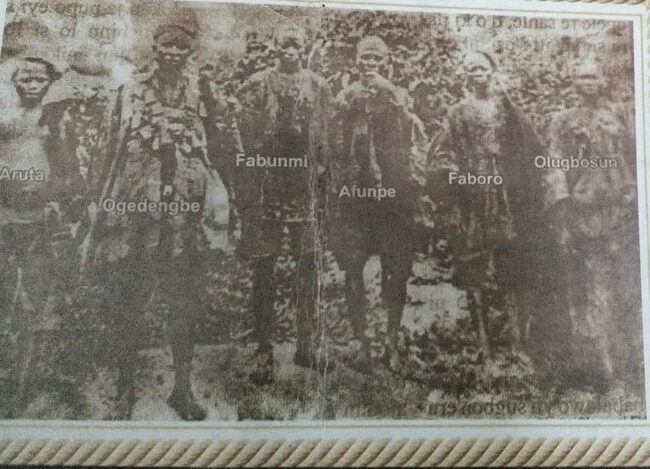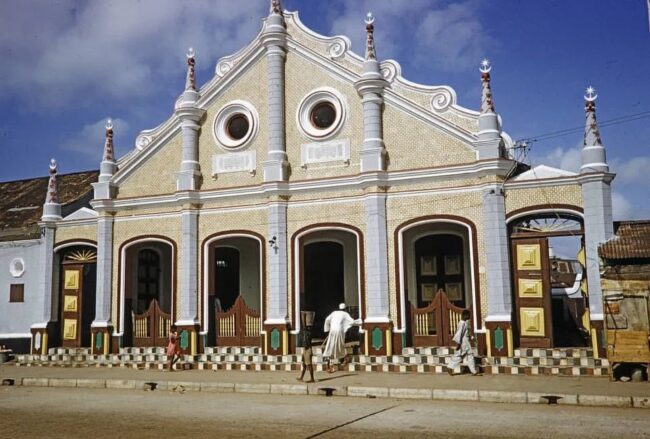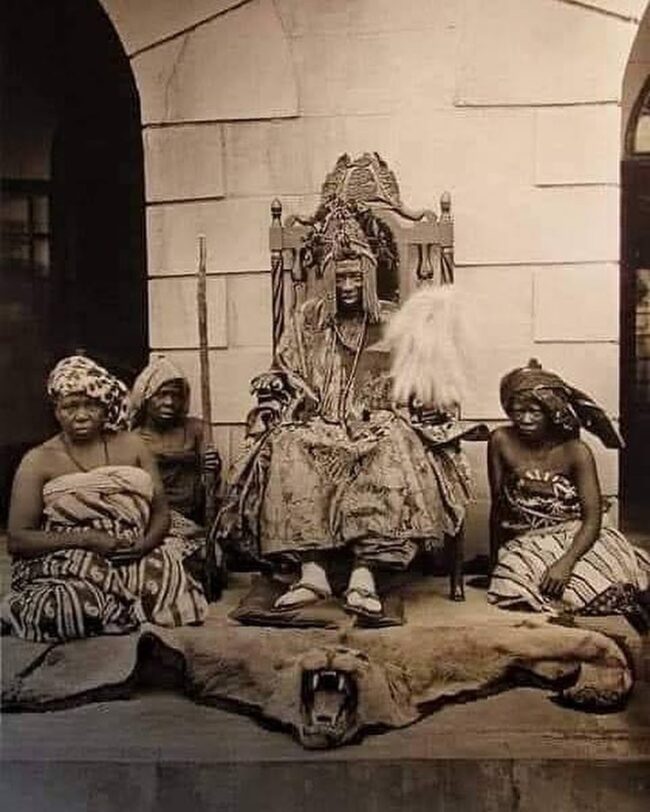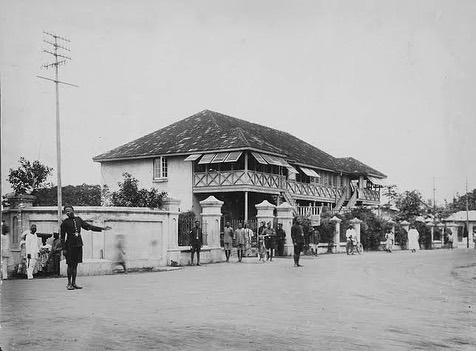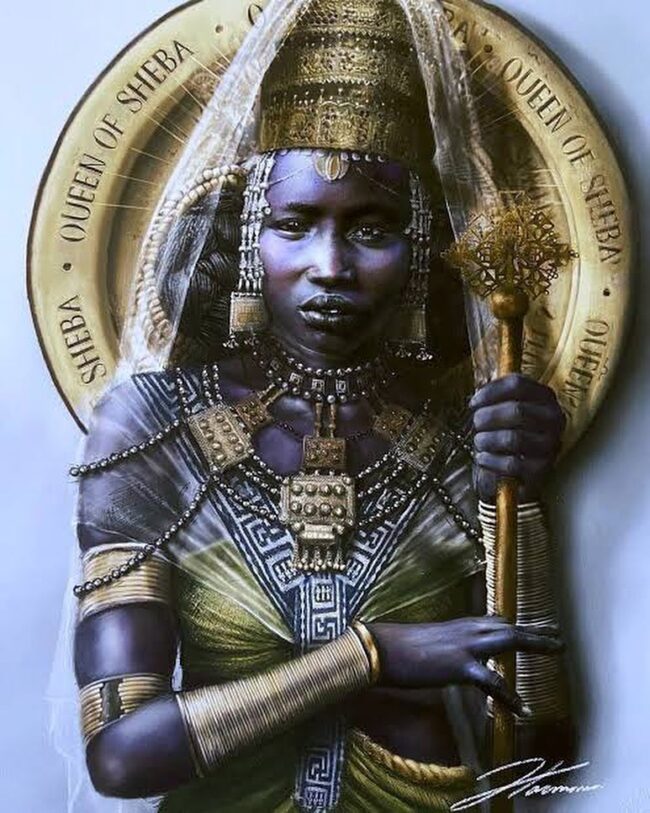Queen of Sheba, known by the Yemeni Arabs as Bilkis, and by the Yorubas as Bilikisu Sungbo Alagawura in the tenth century. The queen, who arrived to see King Solomon after learning of his exceptional wisdom, was portrayed in the Christian Bible as a woman of great strength, intelligence, and insight. She arrived with “a very great caravan of camels, carrying spices, large quantities of gold, and precious stones,” according to the account. Additionally, it was said that “so many spices were brought into Israel never again as those King Solomon received from the Queen of Sheba.” In Islamic tradition, the Arabs, who think she sprang from the Yemeni city of Sheba, also known as Mareb, call her Bilkis, Bilqis, Balqis, or Balquis. Numerous connections have been found between the Biblical queen and Bilikisu Sungbo of Ijebu country, according to historical and archaeological research. It is thought that the Queen of Sheba is connected to wealth, eunuchs, and ivory. Ancient West African palaces were known to contain eunuchs, while ivory and gold are known to have been extremely abundant in Nigeria during that period. According to history, the Ethiopian national epic and founding tale, Kebra Nagast, or “Glory of King,” features a significant appearance by The Queen of Sheba. In accordance with this legend, after learning of Solomon’s wisdom, the Queen of Sheba, also known as Makeda, went to his court.…

